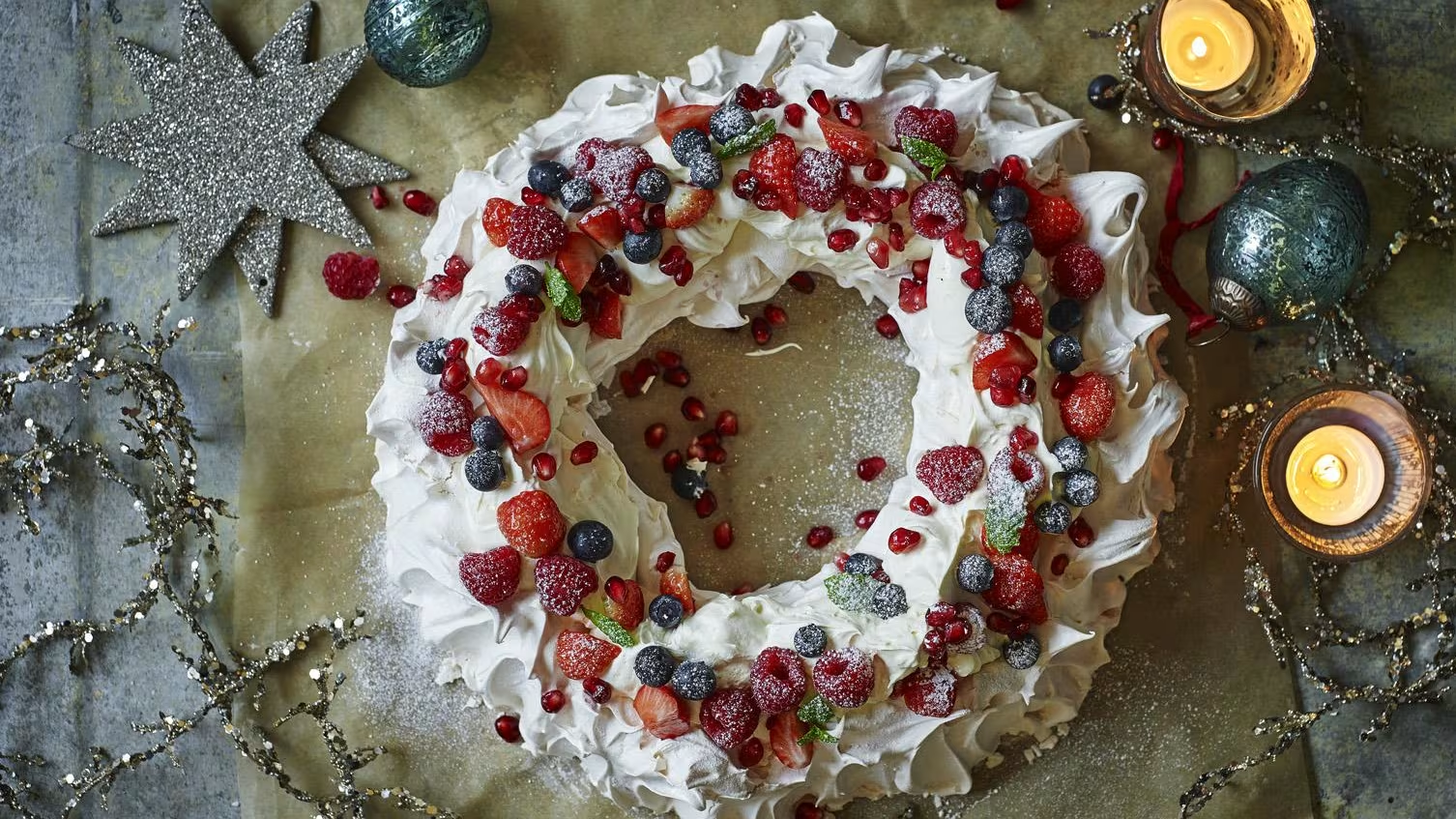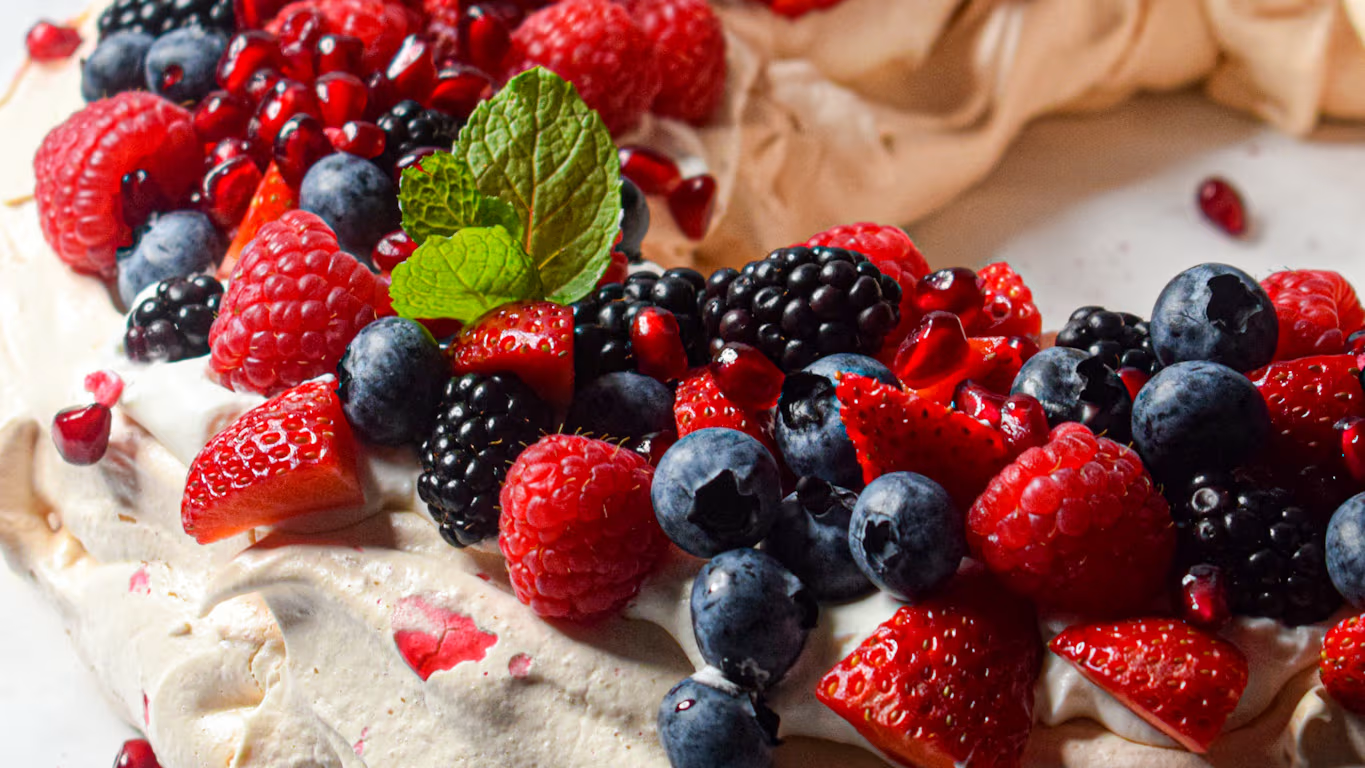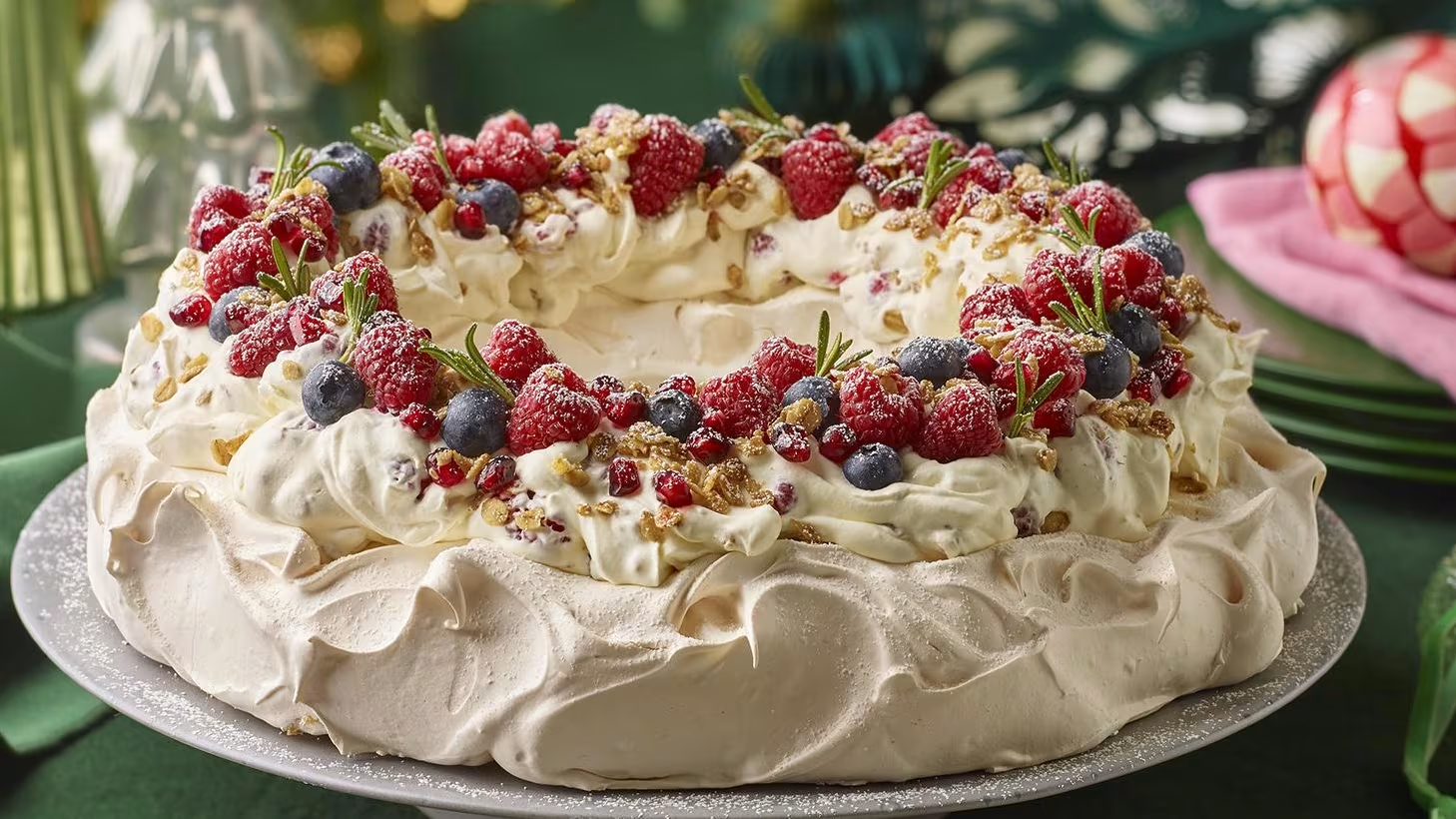
Delightful Mary Berry Pavlova Recipe: A Sweet Symphony of Flavors
Written by Jessica Lopez
Published at 10-04-2023
Edited on 03/20/2025 | 07:42 AM
Dessert RecipesCourse: Dessert
Cuisine: American Vintage
Difficulty: Moderate
Servings
10-12 slices
Prep Time
25 minutes
Cooking Time
35 minutes
Total Time
1 hour
Fat
18g
Protein
5g
Carbs
55g
Calories
450 kcal
If you’re looking to impress your guests with a spectacular dessert, look no further than the classic Mary Berry Pavlova recipe! Named after the famous Russian ballerina Anna Pavlova, this airy meringue-based treat is a showstopper that combines lightness with rich flavor. Mary Berry, a beloved figure in British baking, has perfected this recipe, making it easier than ever to create at home. The pavlova features a crispy outer shell with a soft, marshmallow-like center, topped with an abundance of whipped cream and seasonal fruits. Imagine slicing into that delicate meringue, revealing the luscious cream and vibrant berries underneath – it’s a dessert that not only tastes heavenly but also looks stunning on any table. Whether you're hosting a dinner party or celebrating a special occasion, this pavlova is sure to be the highlight of your meal.
It’s versatile too! You can customize the toppings based on the season, using strawberries in summer or figs in autumn. Plus, it’s gluten-free, making it a perfect choice for those with dietary restrictions. In this post, I will guide you through the steps to create your very own Mary Berry Pavlova. Don’t worry if you’re new to baking; the recipe is straightforward and rewards you with a delightful dessert that will impress everyone.
So, grab your apron, and let’s dive into the world of meringue and cream – you’re just a few steps away from creating a masterpiece that will leave your taste buds dancing!.


